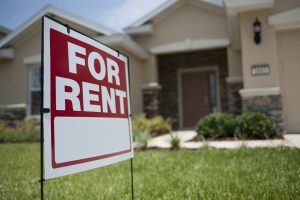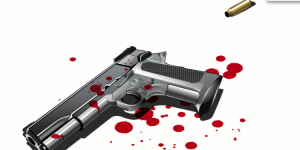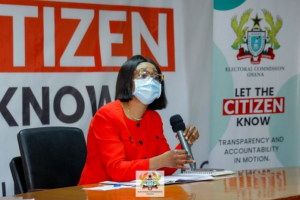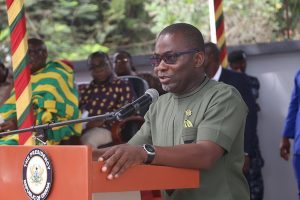The death of George Floyd, an African-American man who died in police custody, has been declared a homicide following an official post-mortem.
He suffered a cardiac arrest while being restrained by Minneapolis police officers on 25 May, the report found.
It listed Mr Floyd’s cause of death as “cardiopulmonary arrest complicating law enforcement subdual, restraint, and neck compression”.
The examination also recorded evidence of heart disease and recent drug use.
A video showing a white police officer continuing to kneel on Mr Floyd’s neck even after he pleaded he could not breathe sparked outrage when it emerged a week ago.
It has led to six consecutive days of protests around the United States and a level of civil unrest not seen this widely across the country in decades.
Live updates from around the US
‘Unacceptable’ attacks on reporters at Floyd protests
US protests: Separating fact from fiction online
The findings of the official post-mortem were released shortly after those of a private examination that was carried out by medical examiners hired by the Floyd family.
That report said Mr Floyd, 46, died from asphyxia (lack of oxygen) due to a compression on his neck and back. It also found the death was a homicide, a statement from the family’s legal team said.
“The cause of death in my opinion is asphyxia, due to compression to the neck – which can interfere with oxygen going to the brain – and compression to the back, which interferes with breathing,” Dr Michael Baden, a former New York City medical examiner and one of the pair, said at a news conference on Monday.
Benjamin Crump, a lawyer for the Floyd family, told Monday’s news conference: “Beyond doubt he would be alive today if not for the pressure applied to his neck by officer Derek Chauvin and the strain on his body by two other officers.”
He added: “The ambulance was his hearse.”
What’s the latest on protests?
More than 75 cities have seen protests over what happened to George Floyd. Streets that only days ago were deserted because of the coronavirus pandemic have filled with demonstrators marching shoulder to shoulder.
The case has reignited deep-seated anger over police killings of black Americans and racism. It follows the high-profile cases of Michael Brown in Ferguson, Eric Garner in New York and others that have driven the Black Lives Matter movement.
On Sunday, mostly peaceful demonstrations once again gave way to violence in many cities, with clashes erupting between police and protesters.
Police cars were burned, buildings were torched and shops looted in several places. Dozens of cities imposed curfews but they were defied.
Many videos shared on social media from across the US appeared to show riot police responding disproportionately to demonstrators. Dozens of attacks targeting journalists have been reported.
On Monday, President Trump told state governors they had been “weak” and had to get “much tougher”, and utilise troops from the National Guard, thousands of whom have already been activated in two dozen states.
“You’ve got to arrest people, you have to track people, you have to put them in jail for 10 years and you’ll never see this stuff again,” Mr Trump said in a video conference call, according to US media.
There have been scenes of violence in Washington DC in recent nights, including near the White House.
Source: BBC







